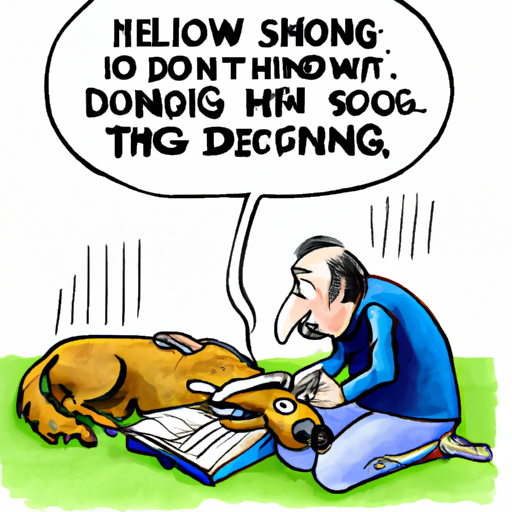Every pet owner can attest to the fact that a dog’s health is among their top priorities. One health issue that can cause dog owners a great deal of worry is a phenomenon known as the “reverse sneeze.” If you’ve ever been startled by your dog’s sudden, rapid, and seemingly uncontrollable inhales, you’ve likely witnessed a reverse sneeze. This guide will help you understand this common canine condition and provide you with methods to prevent and stop it when it occurs.
Understanding Reverse Sneezes
Reverse sneezing, also known as inspiratory paroxysmal respiration, is a common respiratory event in dogs. It can be triggered by a range of factors, from dust and allergens to excitement or a tight collar. During a reverse sneeze, your dog will stand still, extend their neck, and make rapid, forceful inhalations.
While it may appear distressing, most episodes are harmless and end within a minute or two. However, understanding what a reverse sneeze is and what causes it can help you prevent them and keep your dog comfortable.
- What is a reverse sneeze? Unlike a typical sneeze where air is expelled out of the nose, a reverse sneeze involves air being rapidly and repeatedly pulled into the nose.
- What causes a reverse sneeze? It’s usually a response to irritation in the throat, pharynx, or laryngeal area. Common triggers include allergens, perfume, smoke, eating or drinking, excitement, or a leash pulling on the collar.
- Are certain breeds more prone? Brachycephalic breeds like Bulldogs and Pugs, and small breeds such as Chihuahuas and Shih Tzus, are more prone to reverse sneezing.
How to Stop a Reverse Sneeze Episode
If your dog has a reverse sneeze, it’s essential to stay calm and help your pet relax. Here are some steps you can take:
- Gently stroke their throat: This can stimulate swallowing and can help stop the spasms.
- Cover their nostrils briefly: This will force your dog to swallow which can effectively stop the reverse sneeze.
- Lightly blow in their face: Similar to the previous step, this can distract your dog and may stop the episode.
- Move to fresh air: If you suspect the episode is due to an irritant, moving to cleaner air can help.
Preventing Reverse Sneezes
Prevention is always better than cure. Here are some preventative measures to reduce the frequency of reverse sneezing episodes:
- Minimize potential irritants: Keep your home clean and free from dust and smoke. Avoid using strong perfumes or cleaning products that can irritate your dog’s nasal passages.
- Be cautious during meals: Some dogs reverse sneeze after eating or drinking. Feed your dog smaller, more frequent meals and provide fresh water to drink.
- Use a harness instead of a collar: A collar that pulls on your dog’s neck can trigger reverse sneezing. A harness that doesn’t put pressure on the throat can help.
When to Consult a Veterinarian
While most instances of reverse sneezing are harmless, it’s important to know when to seek veterinary care. If the episodes become frequent, last longer than normal, or are accompanied by other symptoms such as coughing, nasal discharge, or difficulty breathing, consult with your vet as soon as possible.
| Signs | Action |
|---|---|
| Frequent episodes | Consult your vet |
| Long-lasting episodes | Consult your vet |
| Accompanied by other symptoms | Consult your vet |
FAQ
Q: Is reverse sneezing a sign of a serious health issue?
A: Not usually. While it can be alarming to witness, most episodes of reverse sneezing are harmless and end quickly.
Q: Can I prevent my dog from having reverse sneezes?
A: While you can’t completely prevent reverse sneezes, you can reduce their frequency by minimizing potential irritants and using a harness instead of a collar.
Q: What should I do if my dog’s reverse sneeze doesn’t stop?
A: If the reverse sneeze doesn’t stop within a couple of minutes, or if your dog appears distressed, seek immediate veterinary care.
Remember, as a caregiver, your calm and informed response is crucial in managing your dog’s reverse sneeze episodes. Understanding the condition and knowing when to seek professional help will ensure your furry friend stays happy and healthy.



